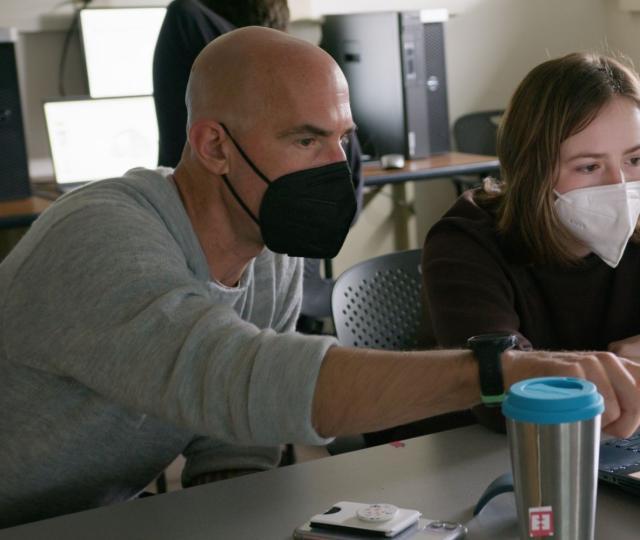
Advising Guide for Faculty
Advisors play a vital role in the lives of our students, and good advising is essential to the success of the College. Being a good advisor means you have strong interpersonal skills, a deep base of knowledge about the College's curriculum, and easy familiarity with a lot of procedural detail.
Academic Life
Looking for information on the following: academic records, transcripts, enrollment and/or graduation, course registration, and other College records and statistics? Contact central records.
Advising at Hampshire
Make an Appointment
Our CASA deans can assist students and faculty with questions and concerns about a range of advising issues.
Student Requirements and Policies

CEL-1: Community Engaged Learning
CEL-1 is an academic requirement that encourages first-year students to meaningfully participate in campus community life as part of Division 1.

CEL-2: Community Engaged Learning
The CEL-2 requirement encourages students to design opportunities to build community and address critical issues both on and off campus.

Race and Power Requirement
The Race and Power requirement is an integral part of the set of questions that guide Division II at its inception (Division II contract) and completion (Division II portfolio).
Calendars
-
Events happening around campus, hosted by Hampshire community members.
-
Hampshire's academic schedule has dates for registration, divisional deadlines and more.



